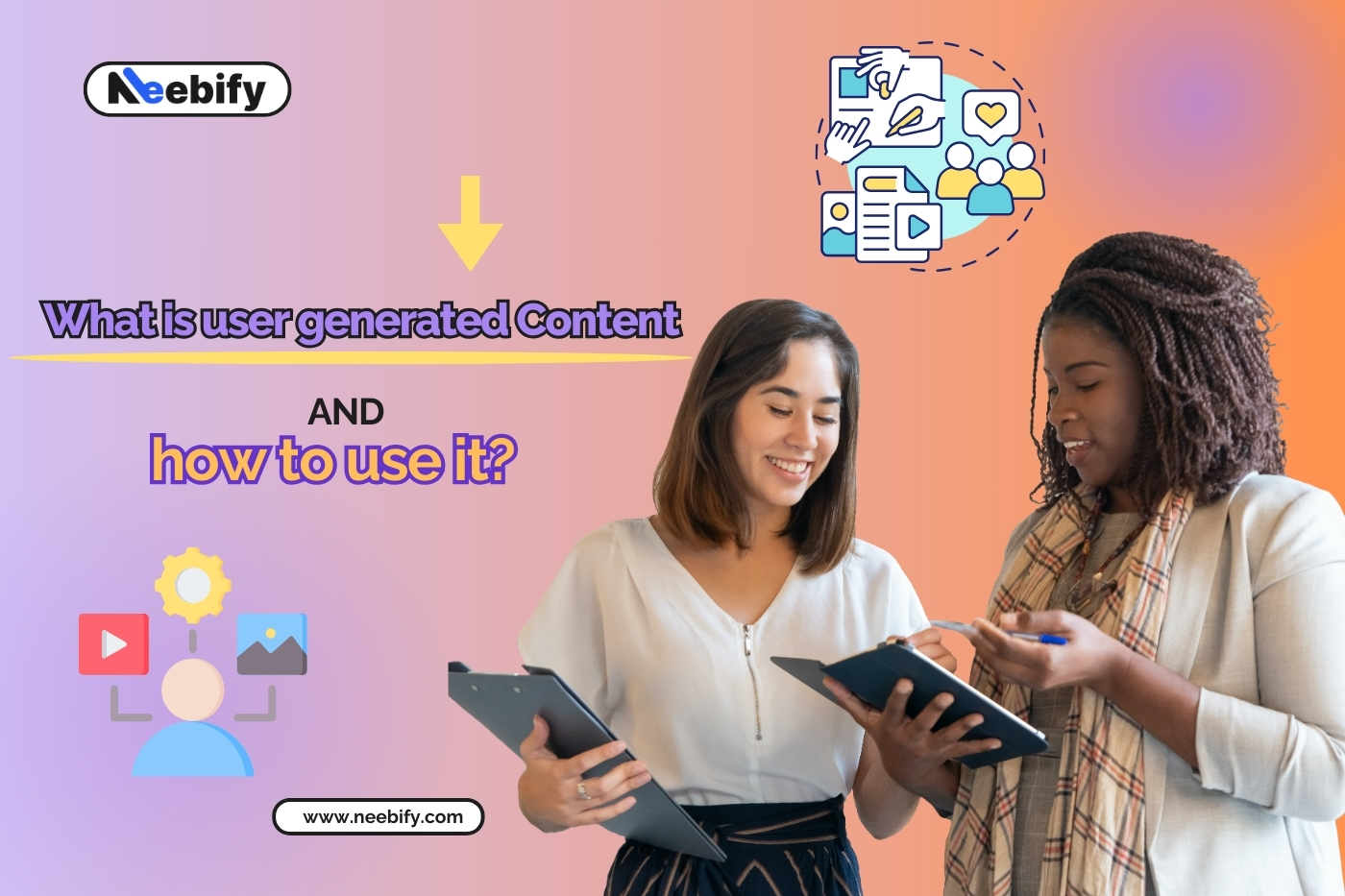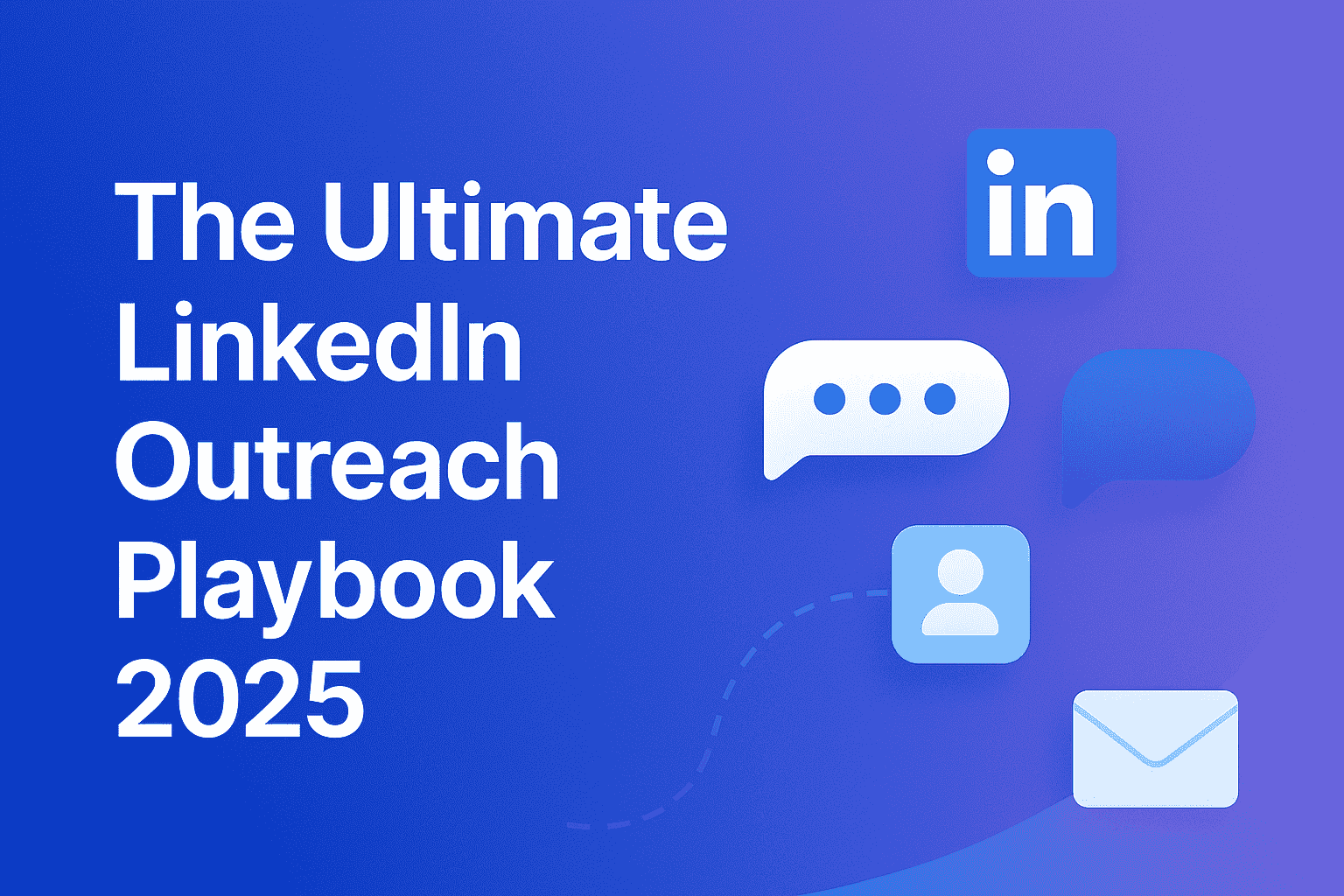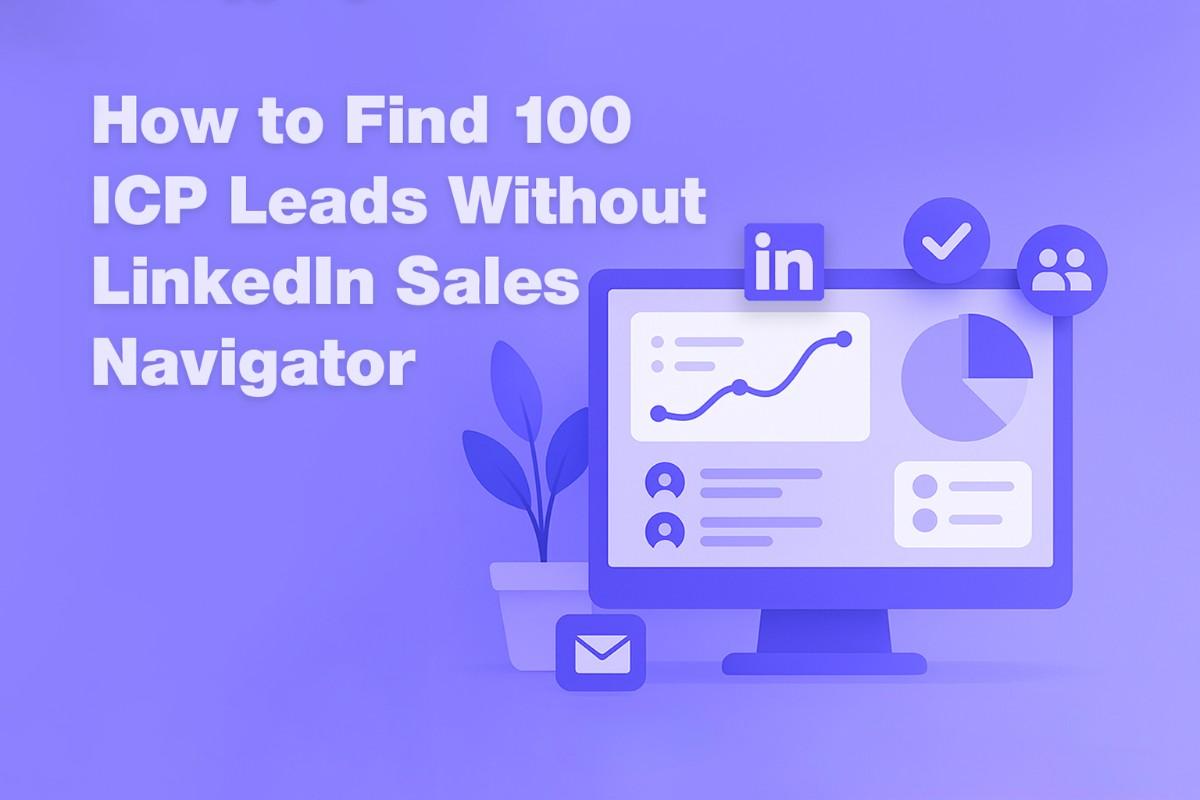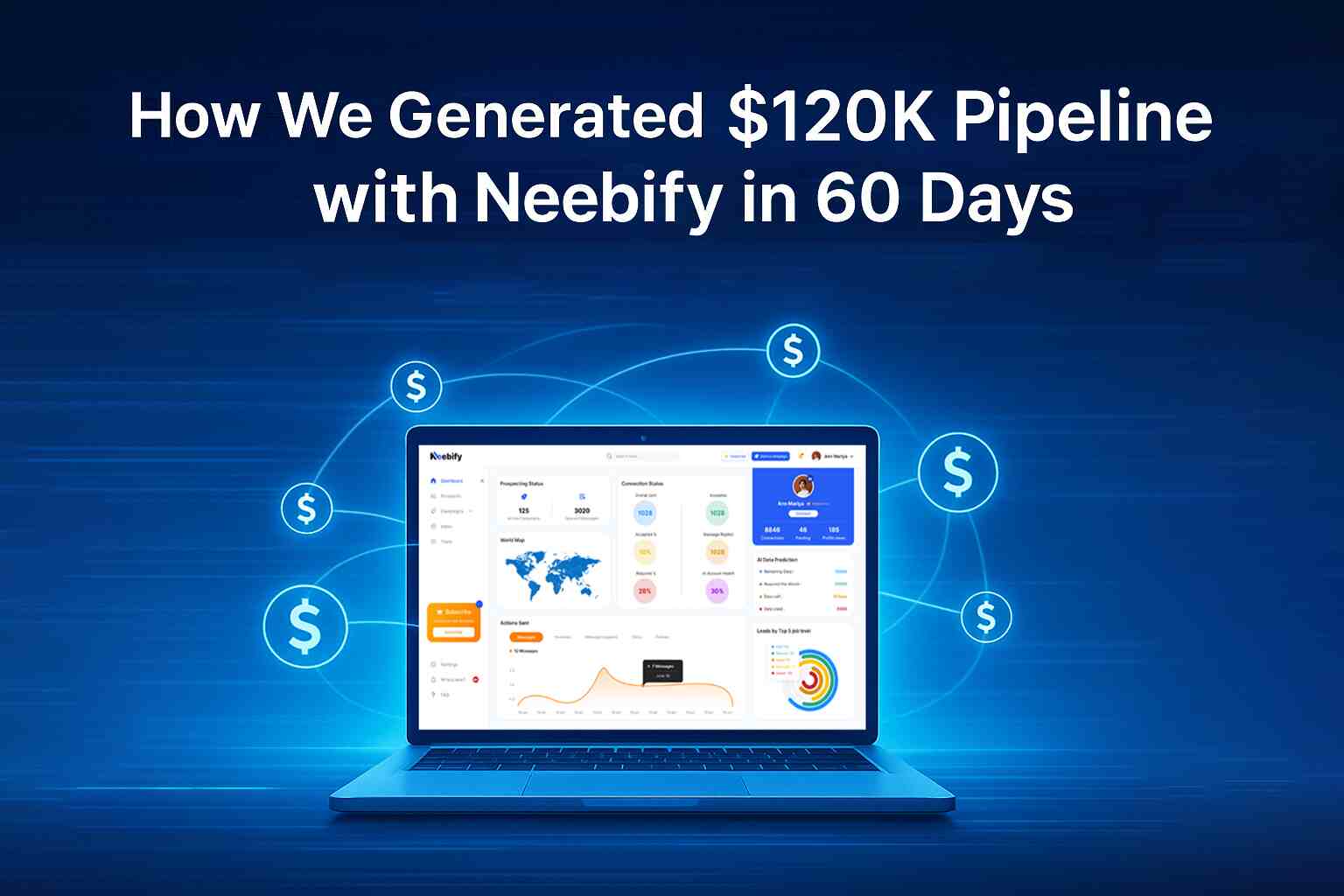Table of content
User-generated content is such kind of content where the person and not the brand or the organization itself is creating and sharing. It could be texts or images, videos, reviews, or even social media posts that feature the brand, product, or service. The only thing that differentiates user-generated content from branded content is the origin, which actually comes from the audience or customer; thus, making it more authentic and relatable.
UGC is a fairly fine marketing tool since it carries real experiences of a brand, product, or service. Therefore, this enables other potential customers to make purchasing decisions based upon the peer opinions, not advertisements.
Because the content comes from actual users, it will gain much more trust than other types of content. That means it can have a real impact on brand perception and can encourage engagement with great strength.
Advantages associated with UGC are:
Authenticity: The users also believe in other consumers and their writings.
Cost-effective: Since the brand doesn't have to create that type of content, there is a saving in marketing cost.
Engagement: Since the user creates a story for the brand, UGC will help in building the community.
SEO: It will also support a brand to gain good SEO as that content created by users will be organic content linking to the company website.
Types of user-generated content:
There are different types of UGC brands that they can capitalize on to their advantage in marketing. Here's a sneak peek at some of the most common forms:
1. Reviews and testimonials: One of the richest forms of UGC is product reviews and testimonials. Before making an ultimate purchasing decision, consumers do consult user reviews. Such reviews may appear on websites, social media, or even Google and Yelp.
2. Social Media: Updates on social media will be the most common and accessible UGC. Those who write about experiences with a product or service on Instagram, Twitter, or Facebook share the brand to all other followers. Brands can post them on the official accounts that may encourage more engagement from the users.
3. Pictures and Videos: Pictures and videos are good, because they form the most fashionable forms of UGC, especially today in this visual-driven digital landscape. Users post selfies with products or pictures from events on this channel; hence, it is personal. Brands can easily re-purpose such content into their website marketing campaigns or advertisements.
4. Blogs and Articles: Other types go further by adding detailed blog posts or articles about a particular brand's products or services. Long content offers tremendous detail and reviews, and when it's linking back to the brand's site, it can bring in significant organic traffic.
5. Hashtag Campaign: Another popular tactic brands are using is creating branded hashtags to encourage the creation of UGC. Once a user has designed a post and included the brand's branded hashtag, that post now becomes part of the brand's much broader campaign. For example, one popular Nike campaign is #JustDoIt, which has inspired hundreds of millions of user-generated contributions.
6. Contests and Giveaways: These are UGC-based contests or raffles. It makes the user create content for a chance to win prizes. This ranges from sharing a post, submitting photos, or creating videos with a product. These contests provide value both ways to the user and the brand. In return, this increases engagement and more exposure for the brand.
How to Create User-Generated Content?
Perhaps the most challenging thing you would want from your viewers is to create and share content, but if you do it right, you can influence your customers to produce user-generated content (UGC) that will help expand your brand. Here's how:
1. Ask for reviews and feedback: Ask your customers to provide their reviews or feedback-this is probably one of the easiest ways to create UGC. Follow-up email after a purchase and discounts or giveaways as a way to encourage people to give reviews to increase the number of reviews you would get.
2. Use social media: Social media platforms give heaving opportunities for user-generated content. Ask your followers to share their experience with your brand through a hashtag campaign, sharing posts on your profile, or even a contest that will incentivize user participation.
3. Create a branded hashtag: Branded Hashtags Branded hashtags are probably the least complicated way to begin with UGC. Ask your customers to share their experiences with your brand through a specific branded hashtag, and you will track all the content pieces created by your audience. Of course, do not forget to distribute the hashtag across all of your marketing channels.
4. UGC Contest Hold a UGC contest: You could even get them to join in by conducting contests whereby you request your customers upload photos, videos, or stories about your product and let them win a prize. This will increase engagement but give you a constant stream of user-generated content for your brand.
5. Feature Customers on Your Channels: Ask consumers to accept and share the user-generated content on the social media, website, or newsletters of your brand. The consumer is now more motivated to participate if they are seeing that the brand will like and publish their submissions.
6. Create Shareable Moments: Gleaned from those moments and experiences, are probably going to be the crux of the user-generated content, which the brands will go about cultivating actively. These could be through memorable packaging, memorable in-store experiences, events, and, importantly, encouraging users to share your brand on social media.
How to Use User-Generated Content in Your Marketing Strategy?
Once you have established yourself in UGC, it is about implementing that into your marketing. Here is how you can incorporate UGC into your marketing campaigns to improve their performance:
1. Shift the Focus on UCG for Your Social Media: The most obvious way to utilize UGC is through shares on your brand's social media platforms. Repost pictures, videos, or reviews from your customers on your feed or story. Not only does it fill your content calendar but also shows appreciation for your customers.
2. Use User-Generated Content on Your Website: Add UGC to your website and give a more authentic, trustworthy look to your brand. You may add customer testimonials, or even social proof can be embedded using a gallery of customer photographs on product pages; therefore, it will ultimately lead to conversions from potential buyers.
3. Usage of UGC through Email Marketing: Email marketing is a strong medium through which you can connect with your target audience, and the inclusion of UGC adds to authenticity. Incorporate user reviews or testimonial, or even pictures in your email while sending to let actual experiences shine at the authenticity level it carries. This will make the whole brand much more credible and appealing.
4. Add UGC to Paid Ads: UGC can power paid ads. Since the message coming from a customer is naturally authentic, ads featuring real customers perform better than others do. To lend some credibility, append images or videos of actual customers or testimonials with user-generated content to your Facebook or Instagram ads.
5. Run campaigns with UGCs: Encourage customers to create content around UGC and share it. Campaigns can be in the form of a contest, hashtag challenge, or any community-driven initiative that you feel will collect the most interest and generate more brand exposure through your channels.
6. Incorporate UGC into Product Pages: Add user-generated content to the product page; this builds trust with the user and drives conversions. It should incorporate customer photos, reviews, and videos adding on real-world examples of how your products look and function with the descriptions.
7. Mainly use the UGC in Influencer Marketing: Partnership with an influencer who could expand your reach via UGC. Such partners can share their experience using your product as original content and may even challenge their followers to do the same.
Conclusion
This way, not only would user-generated content create a level of brand loyalty with increased consumers' trust in a brand, but it will also induce engagement. It will enable businesses to tap into their audience's creative and authentic voice to build meaningful connections which, in turn, expand the market reach. What you're learning is the kinds of UGC, how to craft it, and how to use it in your marketing approach as you work towards a loyal customer base and, at the same time, boost brand awareness. It is believed UGC will play a central role in any successful marketing strategy as the importance continues to increase.
Get your next meeting in a
matter of minutes.
Free Trial
Latest
The Ultimate LinkedIn Outreach Playbook 2025
A practical, modern guide to mastering LinkedIn outreach in 2025 — learn how to boost reply rates, p
12/1/2025How to Find 100 ICP Leads Without LinkedIn Sales Navigator
Generating 100 targeted ICP leads doesn’t require LinkedIn Sales Navigator. Learn how to leverage fr
11/28/2025


